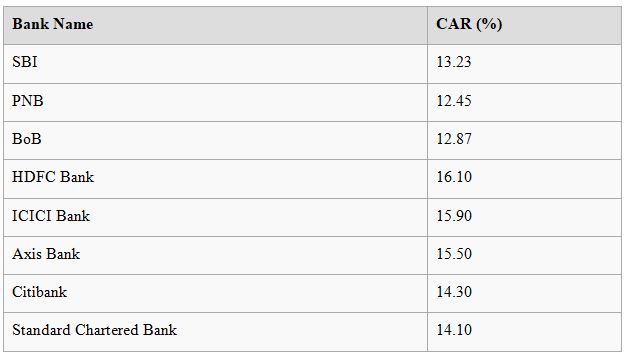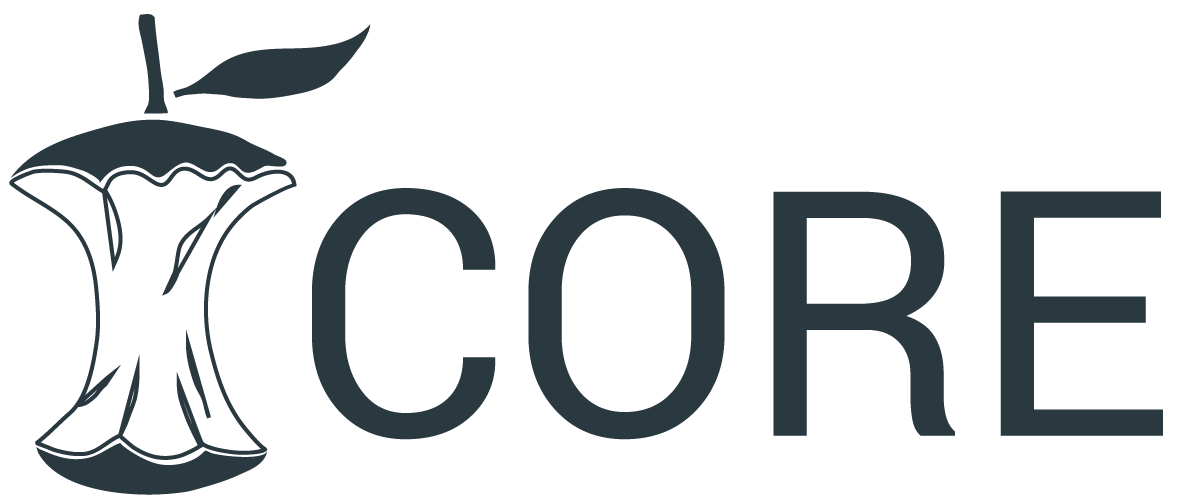CAMEL Analysis of Selected Scheduled Commercial Banks in India
DOI:
https://doi.org/10.5281/zenodo.15043390Keywords:
camel analysis, indian banks, scheduled commercial banks, private banks, foreign banks, mathematical approachAbstract
The Indian banking sector has undergone significant changes over the past few decades, influenced by economic reforms, technological progress, and regulatory shifts. Scheduled Commercial Banks (SCBs) play a crucial role in the financial system by bridging the gap between depositors and borrowers. To evaluate their performance and stability, the CAMEL framework is widely employed. CAMEL represents Capital Adequacy, Asset Quality, Management Efficiency, Earnings Strength, and Liquidity. This paper offers a detailed analysis of selected Scheduled Commercial Banks in India using the CAMEL model, incorporating mathematical equations and empirical findings. The present study sheds light on the financial health of selected scheduled commercial banks in India, including public banks, private banks, foreign banks while providing valuable insights into their operational efficiency, risk management strategies, and profitability.
Downloads
References
Aftab, N., Samad, N., & Husain, T. (2015). Historical analysis of bank profitability using camel parameters: role of ownership and political regimes in pakistan. Canadian Center of Science and Education. https://doi.org/10.5539/ijef.v7n2p144.
Chatzi Iliana, Diakomihalis Mihail, & Chytis Evangelos. (2015). Performance of the Greek banking sector pre and throughout the financial crisis. Journal of Risk & Control, 2, 45-69.
Echekoba, F., Egbunike, C. F., & Kasie, E. G. (2014). Determinants of bank profitability in nigeria: using camel rating model (2001 2010). International Organization of Scientific Research (IOSR). https://doi.org/10.9790/487x-16964450.
Gupta, C. R. (2014). An analysis of Indian public sector banks using camel approach. International Organization of Scientific Research (IOSR). https://doi.org/10.9790/487x-161494102.
Hossain, S. A., Islam, M. N., Mahmud, M. S., & Islam, K. M. A. (2017). Evaluation of financial performance of commercial banks in bangladesh: comparative study based on camel approach. https://doi.org/10.58908/tmuj.v2i1.22.
Ibrahim, M. (2011). Operational performance of Indian scheduled commercial banks-An analysis. Canadian Center of Science and Education. https://doi.org/10.5539/ijbm.v6n5p120.
Karapinar A., & Dogan S. A. (2015). An analysis on the performance of the participation banks in turkey. Sciedu Press. https://doi.org/10.5430/afr.v4n2p24.
Kattel, I. K. (2015). Evaluating the financial solvency of selected commercial banks of Nepal: An application of bankometer. https://doi.org/10.3126/jaar.v1i1.13518.
Keovongvichith, P. (2012). An analysis of the recent financial performance of the laotian banking sector during 2005-2010. Canadian Center of Science and Education. https://doi.org/10.5539/ijef.v4n4p148.
Kristf T., & Virg M. (2022). Eu-27 bank failure prediction with c5.0 decision trees and deep learning neural networks. Elsevier BV. https://doi.org/10.1016/j.ribaf.2022.101644.
Kulshrestha P., & Srivastava A. (2022). Use of camel rating framework: a comparative performance analysis of selected commercial banks in India. Kazimierz Wielki University in Bydgoszcz. https://doi.org/10.12775/cjfa.2022.004.
Kumar, P., Verma, P., Bhatnagar, M., Taneja, S., Seychel, S., Todorovi, I., & Grim, S. (2023). The financial performance and solvency status of the indian public sector banks: a camels rating and z index approach. International Information and Engineering Technology Association. https://doi.org/10.18280/ijsdp.180204.
Laha S., & Biswas S. (2019). A hybrid unsupervised learning and multi-criteria decision making approach for performance evaluation of Indian banks. Growing Science. https://doi.org/10.5267/j.ac.2018.11.001.
Mohiuddin, G. (2014). Use of camel model: a study on financial performance of selected commercial banks in Bangladesh. https://doi.org/10.13189/ujaf.2014.020504.
Nguyen, A. H., Nguyen, H. T., & Pham, H. T. L. (2020). Applying the camel model to assess performance of commercial banks: empirical evidence from Vietnam. Business Perspectives. https://doi.org/10.21511/bbs.15(2).2020.16.
Nguyen, N., Nguyen, A., Le, T. T. H., & To, H. (2023). The impact of bank competition on bank stability in vietnam: The moderating role of shadow banking. https://doi.org/10.1080/23311975.2023.2241208.
Rahman M. Z., & Islam M. S. (2017). Use of camel rating framework: a comparative performance evaluation of selected Bangladeshi private commercial banks. Canadian Center of Science and Education. https://doi.org/10.5539/ijef.v10n1p120.
Raut, R. D., Cheikhrouhou, N., & Kharat, M. G. (2017). Sustainability in the banking industry: a strategic multicriterion analysis. Wiley. https://doi.org/10.1002/bse.1946.
Sahota S., & Dhiman B. (2017). Relative performance analysis of scheduled commercial banks in India: A camel model approach. https://doi.org/10.17010/IJF/2017/V11I5/114251.
Samuel, E. M. (2018). Comparative performance evaluation of selected commercial banks in India using CAMELS rating model. https://doi.org/10.5296/ijgs.v2i1.12576.
Sathyamoorthi, C. R., Mapharing, M., Ndzinge, S., Tobedza, G., & Dima, L. W. (2017). Performance evaluation of listed commercial banks in botswana: the camel model. Services for Science and Education. https://doi.org/10.14738/abr.510.3783.
Wnke, P., Azad, M. A. K., Yazdi, A. K., Biru, R., & Spulbr, C. (2022). Revisiting camels rating system and the performance of asean banks: a comprehensive mcdm/z-numbers approach. Institute of Electrical and Electronics Engineers. https://doi.org/10.1109/access.2022.3171339.
Zaidanin, J. S. A. (2020). A study on financial performance of the jordanian commercial banks using the camel model and panel data approach. Hasan Dincer. https://doi.org/10.20525/ijfbs.v9i4.978.

Published
How to Cite
Issue
Section
License
Copyright (c) 2025 Dipak Kundu, Nilendu Chatterjee

This work is licensed under a Creative Commons Attribution 4.0 International License.
Research Articles in 'Management Journal for Advanced Research' are Open Access articles published under the Creative Commons CC BY License Creative Commons Attribution 4.0 International License http://creativecommons.org/licenses/by/4.0/. This license allows you to share – copy and redistribute the material in any medium or format. Adapt – remix, transform, and build upon the material for any purpose, even commercially.









